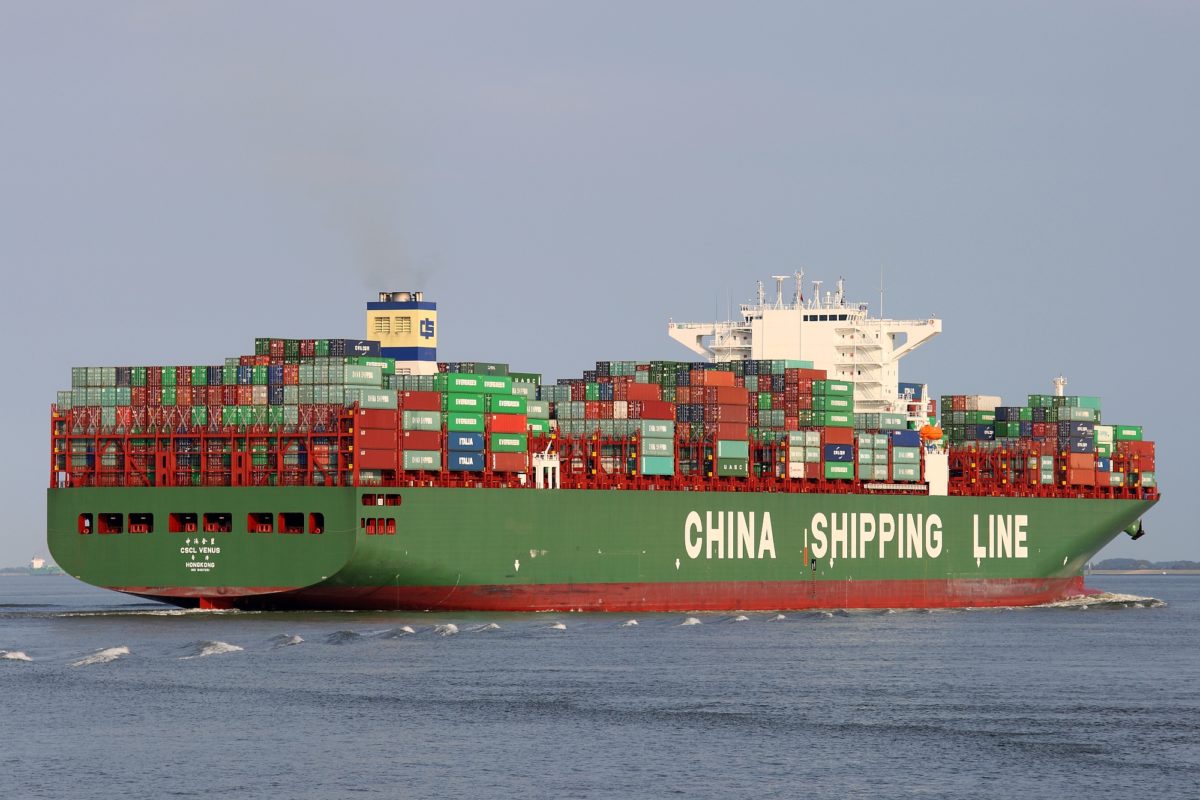China’s 2017 export outlook brightened considerably on Thursday as it reported forecast-beating trade growth in March and as US President Donald Trump softened his anti-China rhetoric in an abrupt policy shift.
Washington’s improving ties with Beijing were underscored when Trump told the Wall Street Journal in an interview on Wednesday that he would not declare China a currency manipulator as he had pledged to do on his first day in office, Reuters reported.
The comments were an about-face from Trump’s campaign promises, which had rattled China and other Asian exporters, and came days after his first meeting with President Xi Jinping where he pressed China to help rein in North Korea.
China’s exports rose at the fastest pace in a little more than two years in March, climbing 16.4% from a year earlier in a further sign that global demand is improving, the customs office reported on Thursday.
Import growth remained strong at 20.3%, driven by the country’s voracious appetite for oil, copper, iron ore, coal and soybeans, whose volumes all surged from February despite worries about rising inventories.
China’s crude oil imports hit a record high of nearly 9.2 million barrels per day, overtaking the United States.
The stronger trade data reinforced the growing view that economic activity in China has remained resilient or is even picking up, adding oomph to a global manufacturing revival, though analysts say growth in imports could slow.
“Right now domestic demand is still quite stable and robust. But the ultimate driver actually is property investment (which) we expect to slow,” Nomura economist Yang Zhao said. He expects import growth will moderate to the high-single digits in the second quarter.
Imports had surged 38% in February while exports unexpectedly dipped, but China’s data in the first two months of the year can be heavily skewed by the timing of the Lunar New Year holidays, when many businesses shut for a week or more.
Analysts polled by Reuters had expected March exports to have increased by 3.2% from a year earlier, a rebound from a 1.3% drop in February. Imports had been forecast to rise 18%, after surging 38.1% in February.
China reported a trade surplus of $23.93 billion for March. Analysts had expected the trade balance to return to a surplus of $10.0 billion in March, after it reported its first trade gap in three years in February.
Q1 Imports, Exports Rise
China’s exports in the first quarter of the year rose 8.2% from the same period last year, while imports surged by 24%. The first-quarter surplus was $65.61 billion.
Despite the strong readings, China’s customs office said the trade situation remains complicated and that challenges facing exporters are not short-term.
A shadow has fallen over the trade relationship between China and the United States, its largest export market, as Trump has railed against the massive trade imbalance between the two countries, which was $347 billion in favor of China last year.
China’s exports to the US rose 19.7% in March on-year, while imports from the US rose 15.1%.
2016 Outbound FDI
China’s outbound foreign direct investment in 2016 hit a record high of $188.8 billion, 30% up from last year, according to a report released by EY, a global leader in assurance, tax, transaction and advisory services, in Beijing Thursday, Xinhua reported.
Loletta Chow, global leader of EY’s China Overseas Investment Network attributed the increase to the implementation of China ‘going global’ strategy including the Belt and Road Initiative.
Chow said Chinese enterprises concluded 622 overseas M&A deals in 2016, totaling $221.7 billion. Technology, media and telecommunications, agriculture, power and utilities were the most attractive sectors for Chinese investors. In addition, Europe and North America continued to be China’s preferred destinations for outbound investment, and the Belt and Road Initiative continued to drive M&A activities in Asia.


